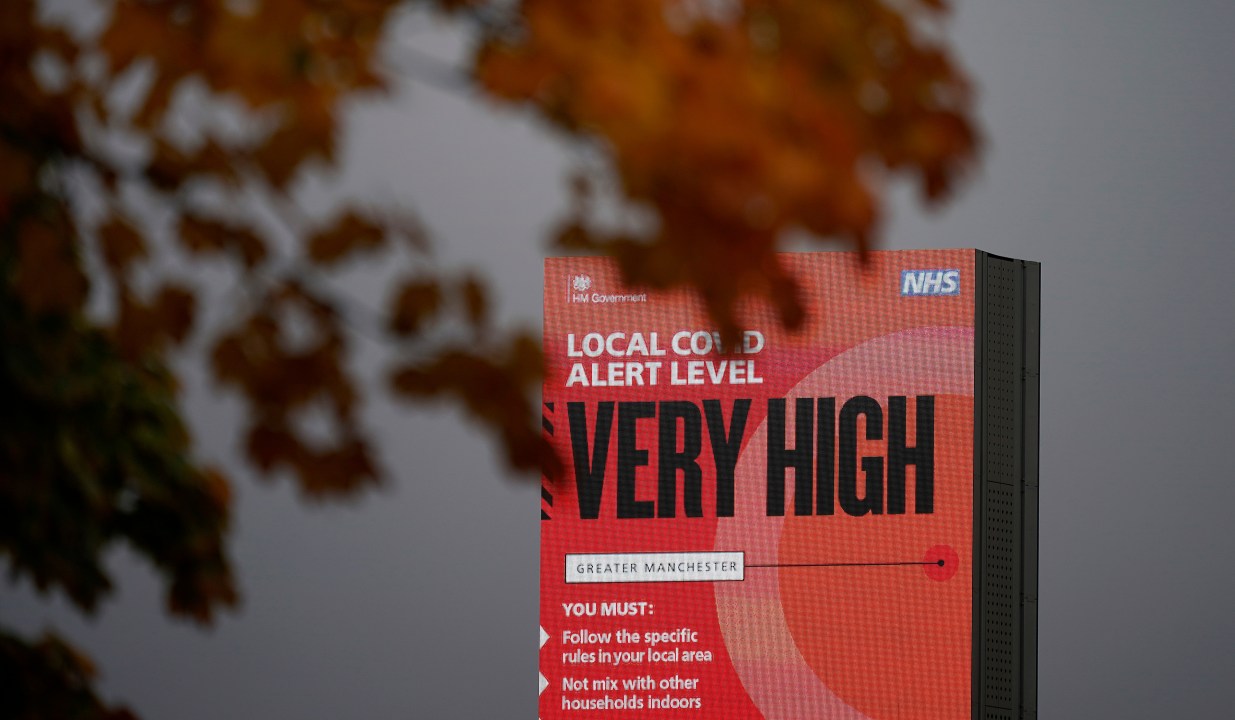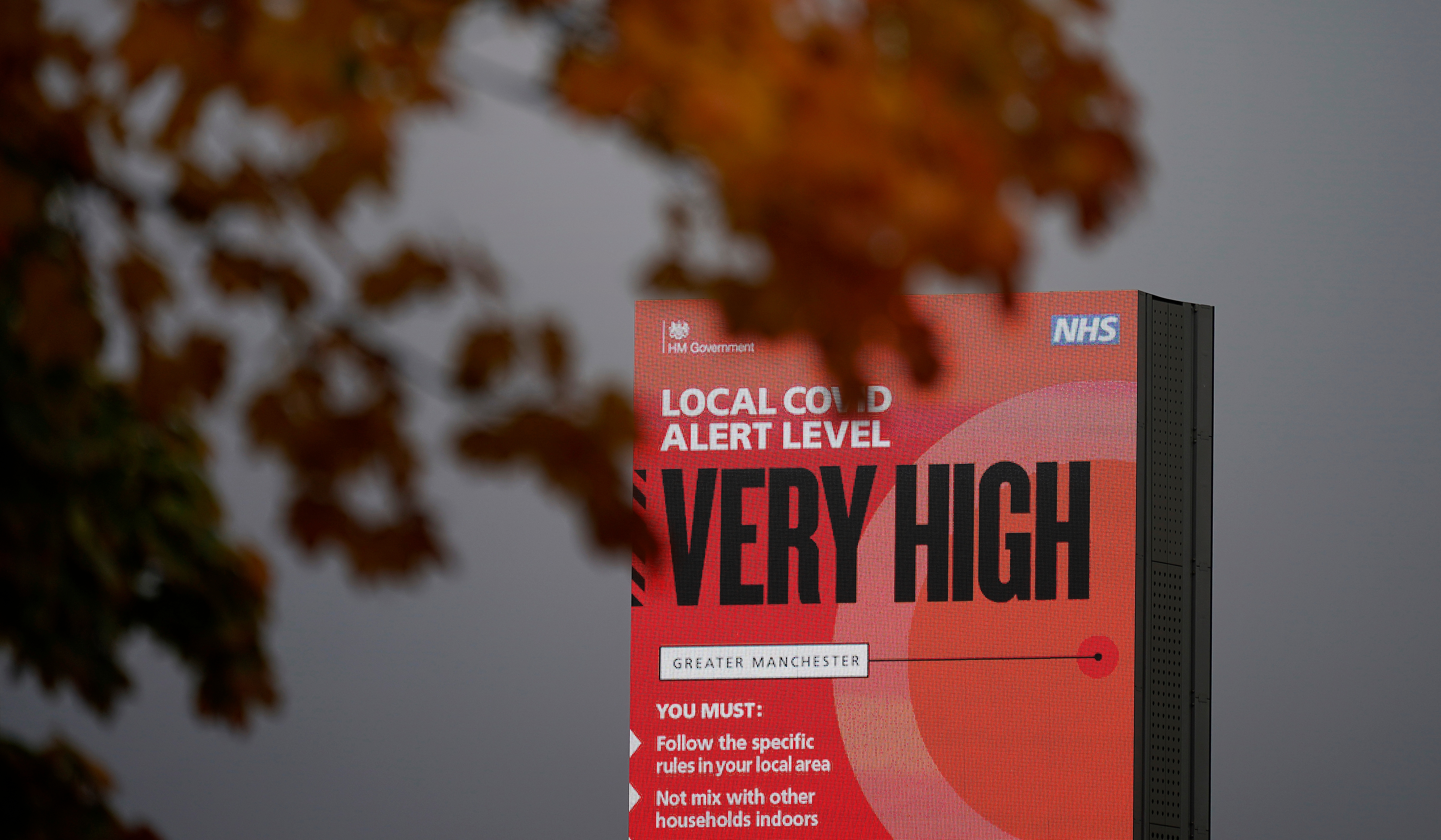The Scientific Advisory Group for Emergencies (Sage) has warned the government that the second wave of Covid-19 could be more deadly than the first, but may be spread over a greater period. Downing Street is now reportedly working on the assumption that deaths will peak at a lower level than in the spring (when they topped just over 1,000 a day) but will continue in the hundreds for far longer, possibly even for months throughout the winter. More than 25,000 are predicted to be in hospital by the end of November — higher than the spring peak.
Sage’s workings for this projection have not been shared, but it is likely based on two assumptions: first, that the R-rate is lower now than it was in the spring; and second, that the R-rate will not be suppressed as quickly as it was before without a full lockdown. Sage’s projection, overseen by chief scientist Sir Patrick Vallance, was reportedly presented to No. 10 in an effort to persuade Boris Johnson to introduce a second lockdown.
Sage should stop shrouding itself in secrecy and release its workings
Before lockdown, Boris Johnson remarked that the government’s aim was to ‘squash the sombrero’ — which meant recognising that efforts to slow infections would result in the epidemic lasting longer. It should come as no surprise, therefore, if the current restrictions stretch out the second wave. But how close are we to approaching the numbers of deaths in the first peak? Yesterday, the ONS released its weekly figures for deaths registered in England and Wales for the week ending 16 October. They show that Covid-19 was mentioned as a contributory cause in 670 deaths: 6.7 per cent of the total. At the peak of the first wave, Covid-19 deaths accounted for more than half the total. Then, total deaths in England and Wales peaked at over 20,000 — more than double the five-year average. In the week to 16 October, total deaths were 669 — or 6.8 per cent — higher than the five year average for that week.
Covid deaths in the week ending 16 October were 53 per cent higher than the week before. As has been clear for some time, the second wave is not doubling every seven days — the assumption behind Sir Patrick Vallance’s famous graph in mid-September — but around once every 12 days. Assuming that deaths continued to rise at that rate it would take around 48 days (from 16 October) for deaths in the current wave to reach the peak level of deaths in the first wave. That would take us to the first week of December.
Could we get there? Yesterday, 22,000 new infections were recorded. If they, too, were to carry on doubling every 12 days, by early December we would be recording nearly 200,000 new infections a day. But is this possible? By then, it is entirely plausible that the virus may have run out of new people to infect, for it would have already infected easy targets — people who have defied restrictions to carry on with a vibrant social life, or those who have occupations that bring them into contact with large numbers of people. At the same time, it would be more difficult for the virus to infect those who are shielding or minimising their contact.
We simply do not know how the R-rate will change in the coming weeks, which is why projections on current trends are somewhat tricky. Sage should stop shrouding itself in secrecy and release its workings. Indeed, with suggestions that England will be under severe tier three restrictions by mid-December to counter the second wave, it is vital that the government levels with the public and shares with us why such measures might be necessary.








Comments